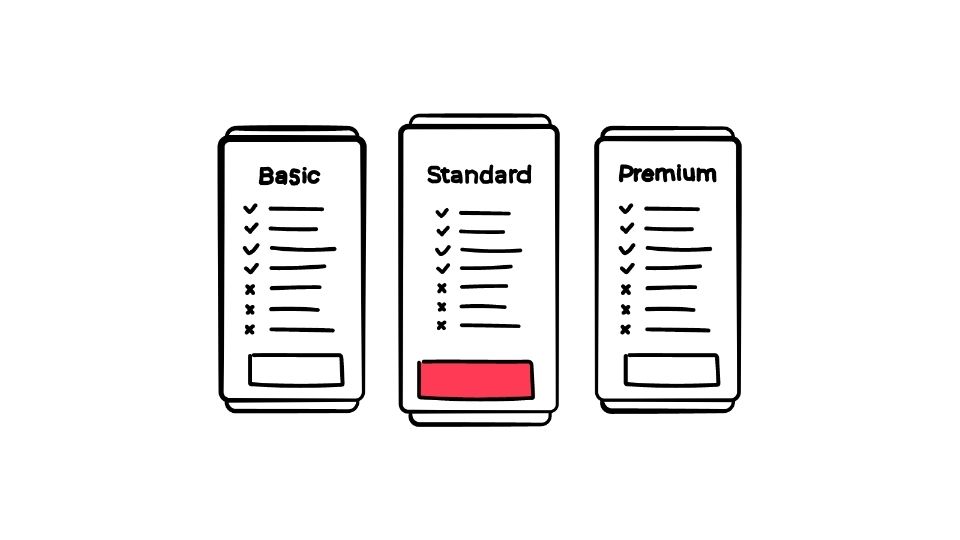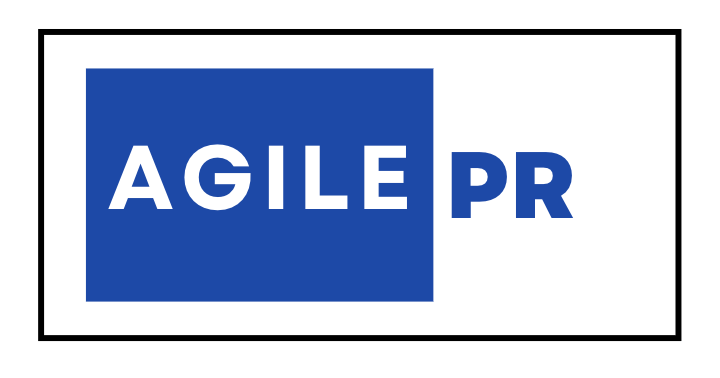Why is your business pitch so damn important?
Let me tell you something – your business pitch isn’t just some presentation you throw together the night before a meeting. It’s your golden ticket to funding, partnerships, and customers. It’s how you take that brilliant idea bouncing around in your brain and transform it into something that makes other people say “shut up and take my money!”
Your pitch is basically a concise, persuasive story that communicates your business vision in a way that captures attention, shows opportunity, and builds your credibility – all while the clock is ticking. Think of it as your business’s first impression, and we all know how important those are.

The real purpose of a business pitch
Skip ahead:
- Grab their attention (or lose it forever)
- Show them the money (opportunity talks)
- Your secret sauce (value proposition)
- Prove you’re not full of it (credibility matters)
- Numbers don’t lie (financial viability)
- Tell a story people care about
- What’s next? (clear action steps)
Grab their attention (or lose it forever)

You’ve got about 10 seconds to make someone care about what you’re saying. That’s less time than it takes to microwave a Hot Pocket.
Start by hitting them with what makes your business different. If you can’t explain why you’re unique in one sentence, you’re already losing the room. Research from Harvard Business School shows that successful pitches capture interest in the first few moments or risk losing the audience entirely.
Don’t say: “We’re a software company that helps businesses manage their inventory.”
Do say: “We’ve built the first AI inventory system that predicts shortages before they happen, saving retailers millions.”
See the difference? One puts people to sleep, the other makes them lean forward.
Show them the money (opportunity talks)

Nobody cares about your solution if they don’t first understand the problem and opportunity.
This is where you need to bring the data. How big is the market? Is it growing? Who are your customers? What trends make this the perfect time for your business?
For example, don’t just say you’re making a new plant-based protein. Show that the plant-based market is growing 20% year over year and is projected to hit $85 billion by 2030. That’s an opportunity people can get excited about.
Remember: The size of the problem determines the value of your solution. Market validation studies consistently show that investors are looking for businesses addressing substantial, growing markets.
Your secret sauce (value proposition)
This is where you explain why your solution is the best one out there. What’s your unfair advantage?
Your value proposition needs to be crystal clear. It answers the question: “Why should anyone choose you over the alternatives?”
Maybe you:
- Have proprietary technology
- Offer 10x better performance
- Cost 50% less than competitors
- Have unique distribution channels
Whatever it is, this is not the time to be humble. If you’ve got something special, shout it from the rooftops.
Prove you’re not full of it (credibility matters)

Talk is cheap. Anyone can say they’ll build a billion-dollar business, but can you actually pull it off?
This is where you need to demonstrate:
- Your team’s expertise and track record
- Early wins and traction (even small ones count)
- Key partnerships or endorsements
- Prototypes or proof of concept results
According to Y Combinator, investors bet on people first, ideas second. So make sure they know your team has what it takes to execute.
Numbers don’t lie (financial viability)
At the end of the day, business is about making money. Your pitch needs to show how your idea translates to cold, hard cash.
Include:
- Revenue model (how you make money)
- Unit economics (profit per transaction)
- Financial projections (realistic but ambitious)
- Funding requirements and use of funds
- Path to profitability
Don’t go overboard with 50 spreadsheets, but have enough data to show you understand the financial side of your business.
Tell a story people care about
Humans are wired for stories, not statistics. The most effective pitches blend data with emotional appeal.
Instead of just facts and features, weave a narrative that:
- Shows the human impact of the problem
- Puts the listener in the shoes of your customer
- Creates an emotional connection to your mission
- Paints a picture of a better future
According to Stanford research, stories synchronize brain activity between storyteller and listener, creating deeper understanding and trust.
What’s next? (clear action steps)

Never end your pitch without telling people exactly what you want from them and what happens next.
Be specific:
- “We’re raising $500K to finalize our product and launch in Q3.”
- “We’re looking for manufacturing partners who can produce 10,000 units monthly.”
- “We need three enterprise customers to pilot our solution.”
Vague endings lead to vague results. Clear asks get clear answers.
More than just getting funding
Your pitch does more than just help you raise money or land customers. It:
- Forces clarity in your thinking. If you can’t explain it simply, you might not understand it well enough yourself.
- Provides valuable feedback. Every time you pitch, you learn something about how others perceive your business.
- Builds your network. Even failed pitches can lead to valuable connections and open doors.
- Tests your concept. If nobody gets excited about your pitch, maybe there’s something wrong with your business model.
In summary, your business pitch isn’t just about telling people what your business does. It’s about creating belief in your venture’s value and potential so strongly that they want to be part of your journey.
A good pitch doesn’t just describe a business—it sells a vision of the future where your business is making the world better and making everyone involved a lot of money. And who doesn’t want to be part of that?




